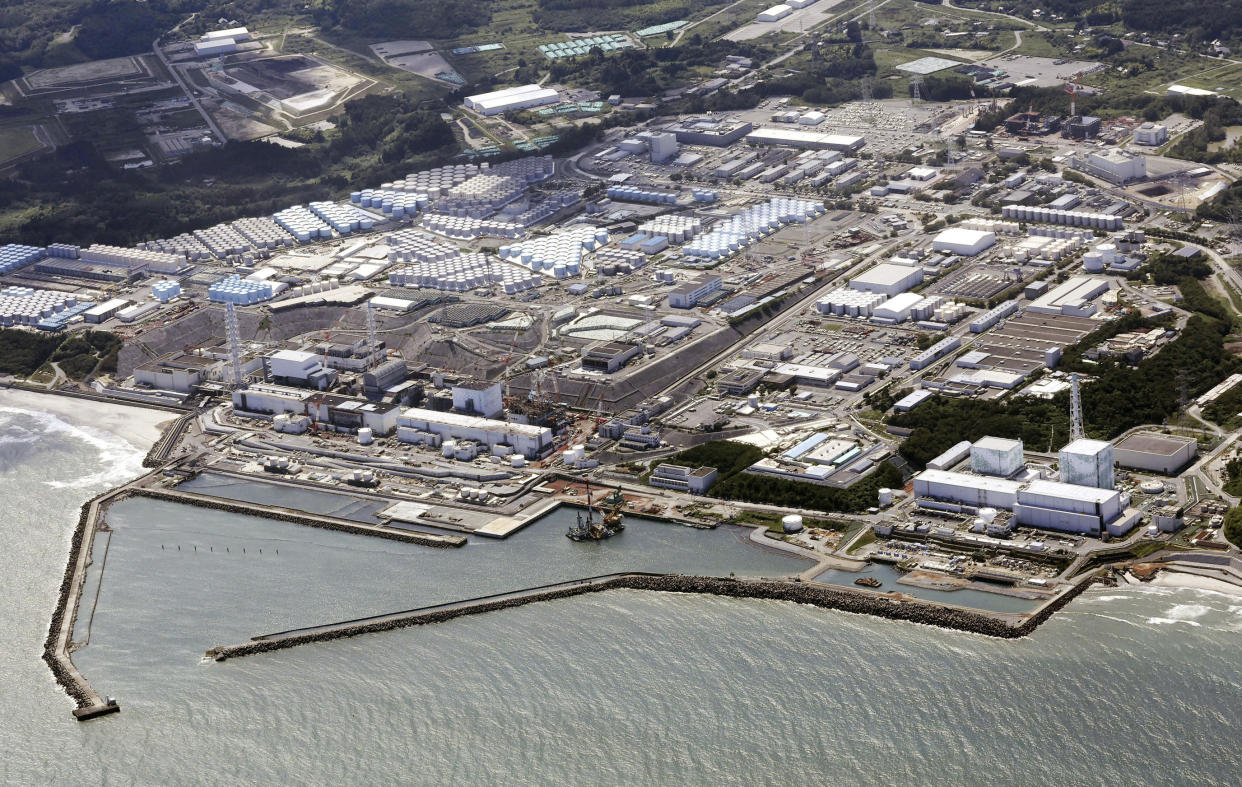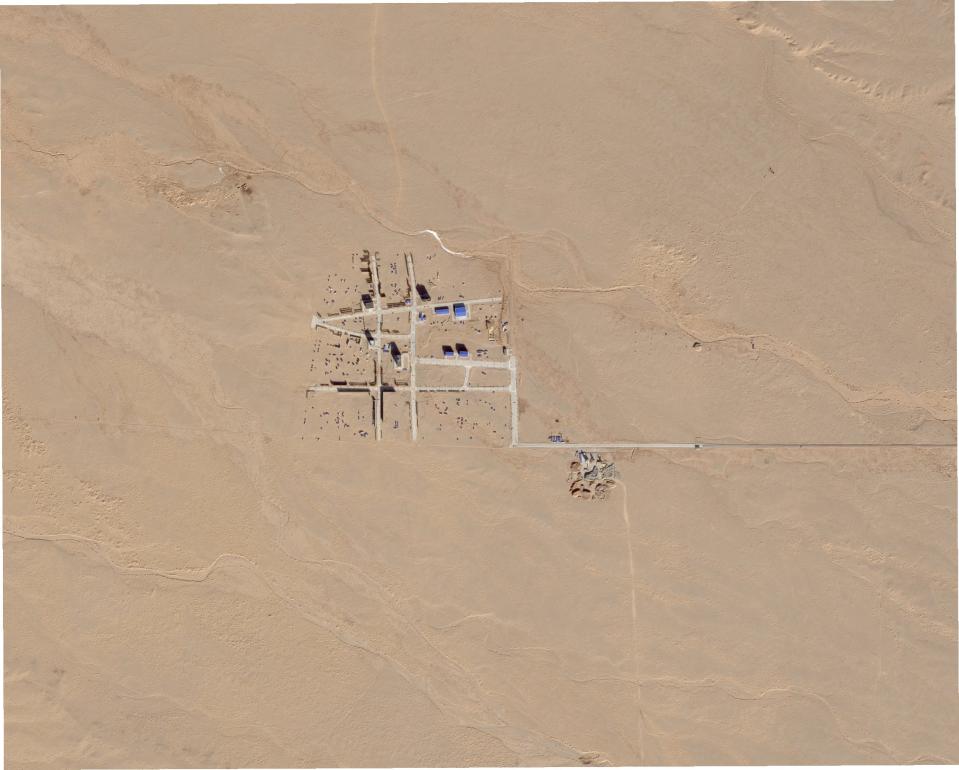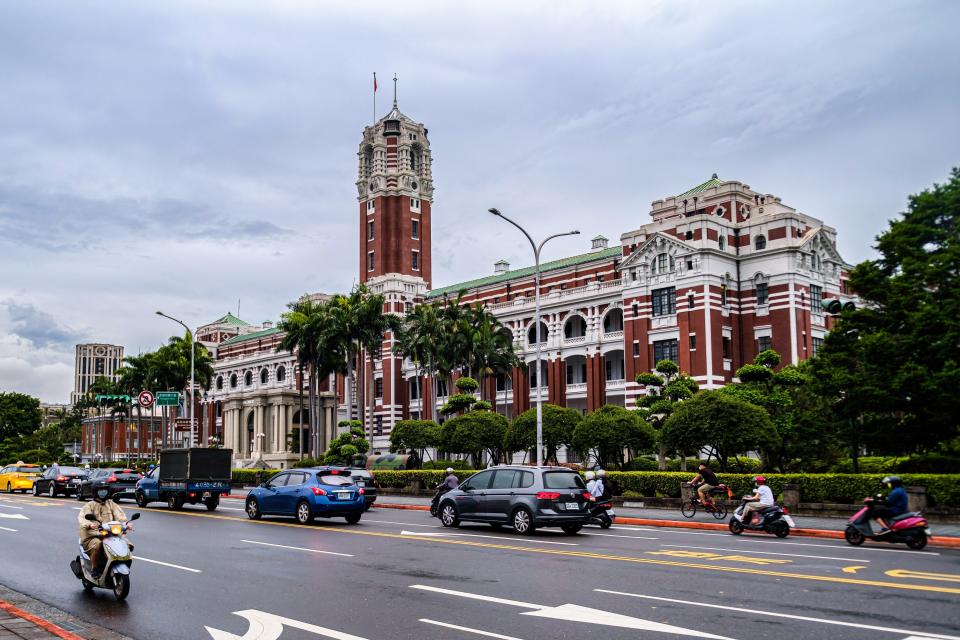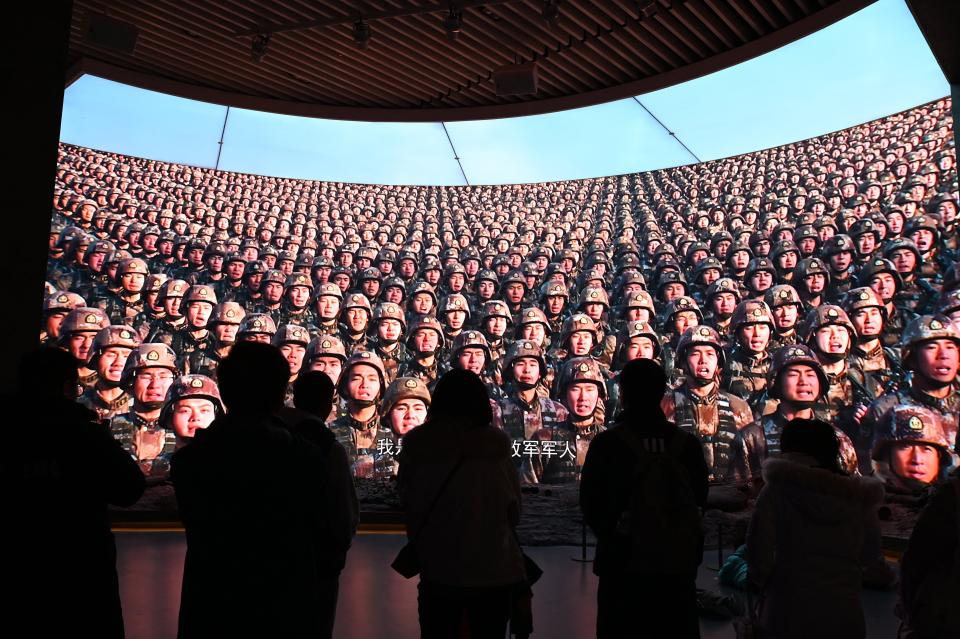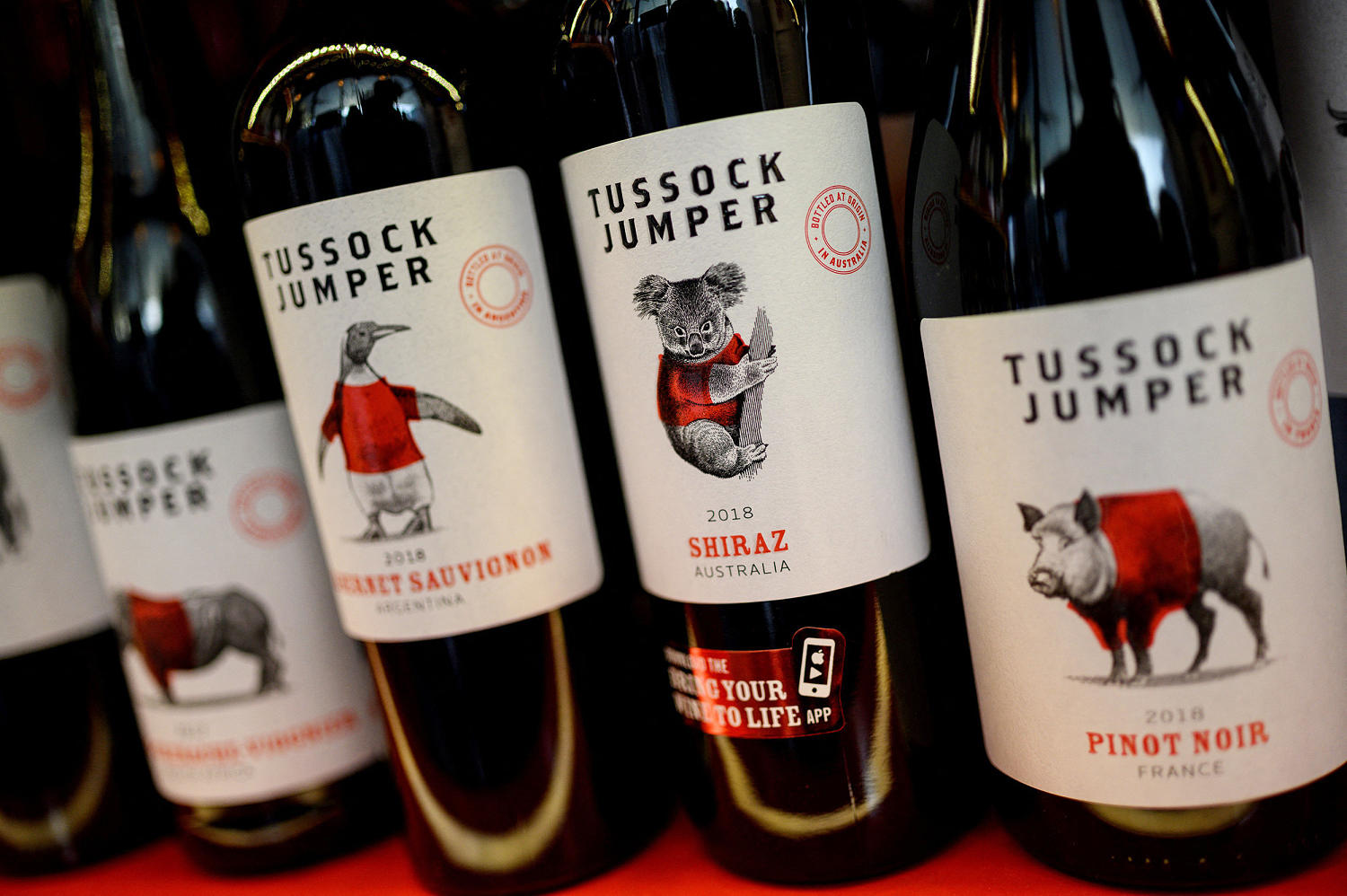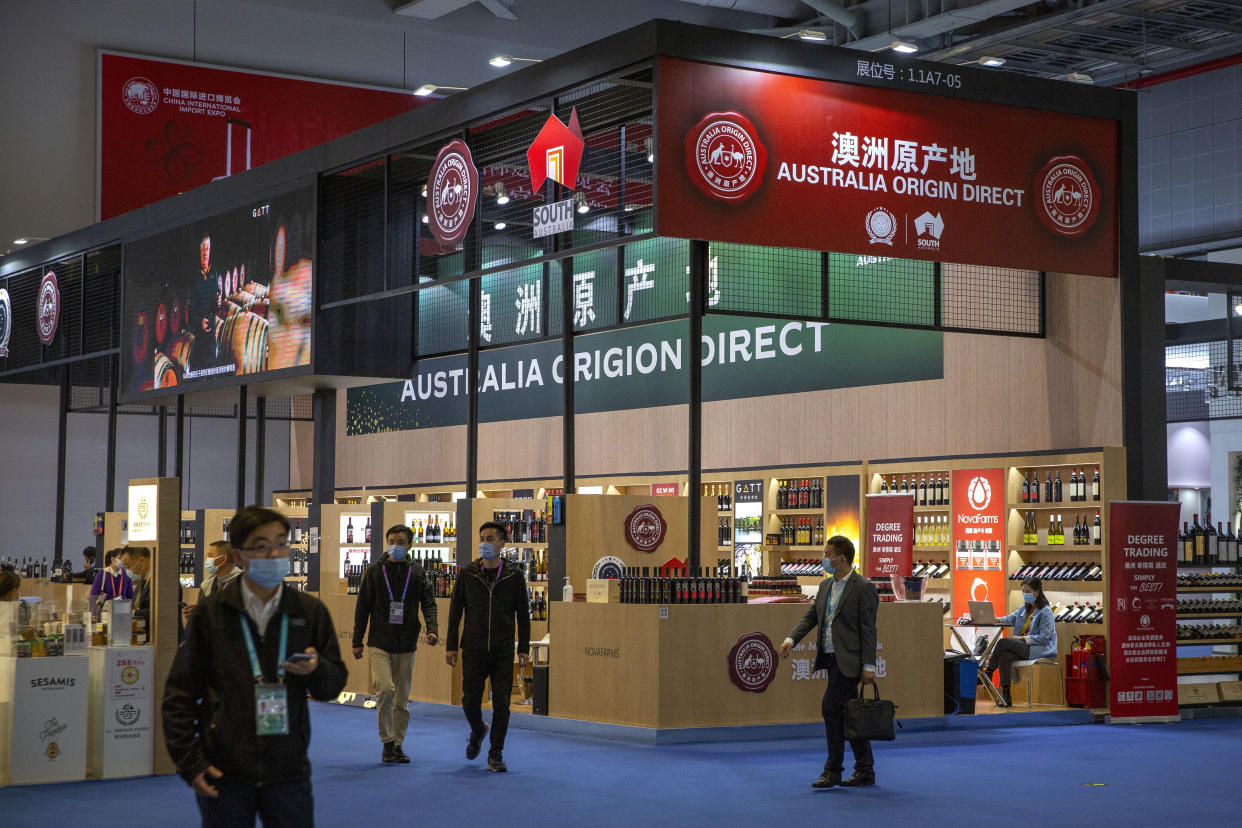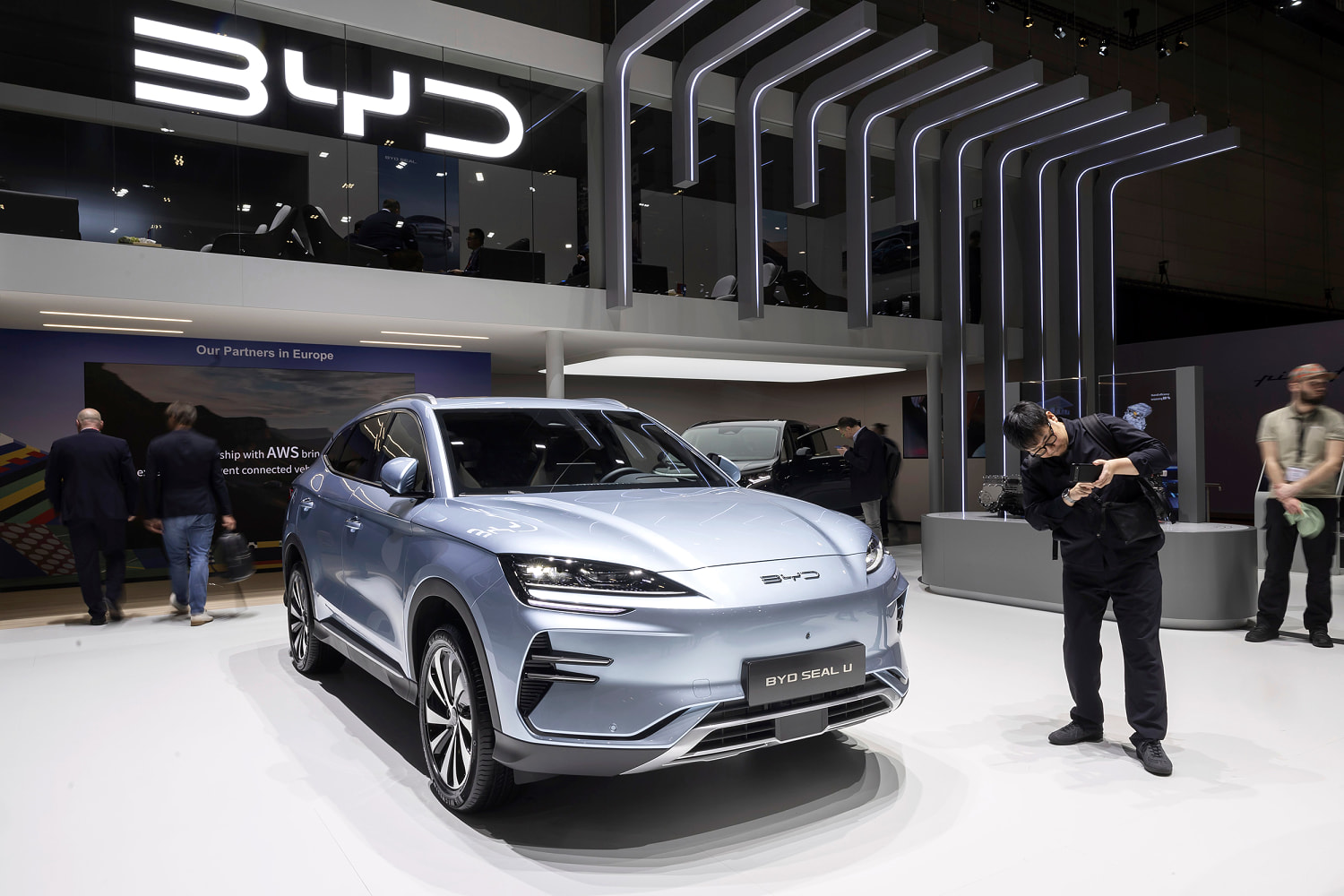BEIJING (AP) — At 53, Guan Junling is too old to get hired at factories anymore. But for migrant workers like her, not working is not an option.
For decades, they have come from farming villages to find work in the cities. Toiling in sweatshops and building apartment complexes they could never afford to live in, they played a vital role in China’s transformation into an economic powerhouse.
As they grow older, the first generation of migrant workers is struggling to find jobs in a slowing economy. Many are financially strapped, so they have to keep looking.
“There is no such thing as a ‘retirement’ or ‘pensions’ for rural people. You can only rely on yourself and work,” Guan said. “When can you stop working? It’s really not until you have to lie in bed and you can’t do anything.”
She now relies on housecleaning gigs, working long days to squirrel away a little money in case of a health emergency. Migrant workers can get subsidized health care in their hometowns, but they have little or no coverage elsewhere. If Guan needs to go to hospital in Beijing, she has to pay out of pocket.
As China’s population ages, so are its migrant workers. About 85 million were over 50 in 2022, the latest year for which data is available, accounting for 29% of all migrant workers and up from 15% a decade earlier. With limited or no pensions and health insurance, they need to keep working.
About 75% said they would work beyond the age of 60 in a questionnaire distributed to 2,500 first-generation migrant workers between 2018 to 2022, according to Qiu Fengxian, a scholar on rural sociology who described her research in a talk last year. The first-generation refers to those born in the 1970s or earlier.
Older workers are being hit by a double whammy. Jobs have dried up in construction due to a downturn in the real estate market and in factories because of automation and the slowing economy. Age discrimination is common, so jobs tend to go to younger people.
“For young people, of course, you can still find a job, positions are available, though the wage is not high enough,” said Zhang Chenggang of Beijing’s Capital University of Economics and Business, where he directs a center researching new forms of employment.
“But for older migrant workers, there simply are no positions,” said Zhang, who conducted field studies at four labor markets across China late last year. “Now, the problem is that no matter how low the wage is, as long as someone pays, you will take the job.”
Some job recruiters contacted by AP said older workers don’t work well or have underlying illnesses. Others declined to answer and hung up.
Many are turning to temporary work. Zhang Zixing was looking for gigs on a cold winter day late last year at a sprawling outdoor labor market on the outskirts of Beijing.
He said he was fired from a job delivering packages because of his age about three years ago, when he reached 55. In December, he was earning 260 yuan (about $35) a day installing cables at construction sites.
Zhang Quanshou, a village official in Henan province and a delegate to China’s National People’s Congress, said some older migrant workers are just looking for work near their hometowns, while others still head to larger cities.
“Some older migrant workers are finding temporary jobs, so it is important to build the temporary job market and provide a better platform for such services,” Zhang, the Communist Party secretary of the village, said in an emailed response to questions during a recent annual meeting of the Congress.
Guan, who comes from a rice-farming region in the north, worked on a clothing factory assembly line until she was laid off when she was in her 40s. She then worked various jobs in different cities, winding up in Beijing in 2018.
She works seven days a week, partly because she’s afraid labor agencies won’t call again if she turns an offer down.
Over February’s Lunar New Year holiday, when migrant workers traditionally go home to visit their families, she stayed in Beijing as a caretaker for an elderly woman, because the woman needed help and she needed the money.
“People either want someone who’s educated or young, and I don’t meet either of those requirements,” said Guan, who dropped out after middle school because her parents had only enough money to educate their son. “But then I think, regardless of how other people look at me, I have to survive.”
Guan worries jobs will be even harder to find when she reaches 55. The retirement age for women in China is 50 or 55, depending on the company and type of work. For men, it is 60.
Lu Guoquan, a trade union official, has proposed relaxing age limits for jobs, judging workers by their physical condition instead of their age and making it easier for older people to find work through labor markets and online platforms.
“A large number of farmers have entered cities, making an important contribution to the modernization of our country,” said his proposal, made to an advisory body during the recent national congress and seen by the AP.
As workers grow older, “they are gradually becoming a relatively vulnerable group in the labor market and face a number of thresholds and problems in continuing to work,” it said.
Lu, director of the general office of the All-China Federation of Trade Unions, declined an interview request.
Duan Shuangzhu has spent 25 years collecting trash in one Beijing neighborhood after giving up a life of raising sheep and cows in north China’s Shanxi province when he was in his 40s. He gets up at 3:30 a.m. seven days a week to make his rounds. For that, he earns 3,300 yuan ($460) a month and has a basement room to live in.
Duan’s wife stayed on the farm, where she looks after their grandchildren. Duan has managed to save money for himself, his children and his grandchildren, but never paid into a pension system, directing what little he earns to his family.
That fits the pattern Qiu found in her research, which she published in a book last year. Older migrant workers moved to the cities to improve the lives of their children and other relatives, not themselves, she found. Most have limited or no savings, and few have climbed the economic ladder. They hoped their children would, but most ended up as migrant workers, too.
Most migrant workers’ earnings were spent on their children’s marriages, homes and education, Qiu said in her talk. “Basically, they did not begin working for themselves and planning for their own late years until the age of 55.”
Duan, at 68, has no plans to quit.
“As long as I can work every day, it’s enough to survive,” he said, standing next to a set of community rubbish bins, color-coded for recycling. “I didn’t grow up in a wealthy family — just filling my stomach each day is enough for me.”
___
Associated Press researcher Wanqing Chen contributed to this story.
